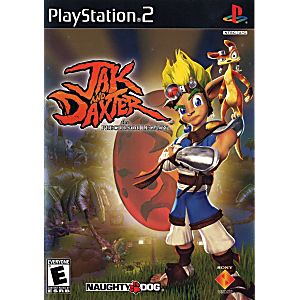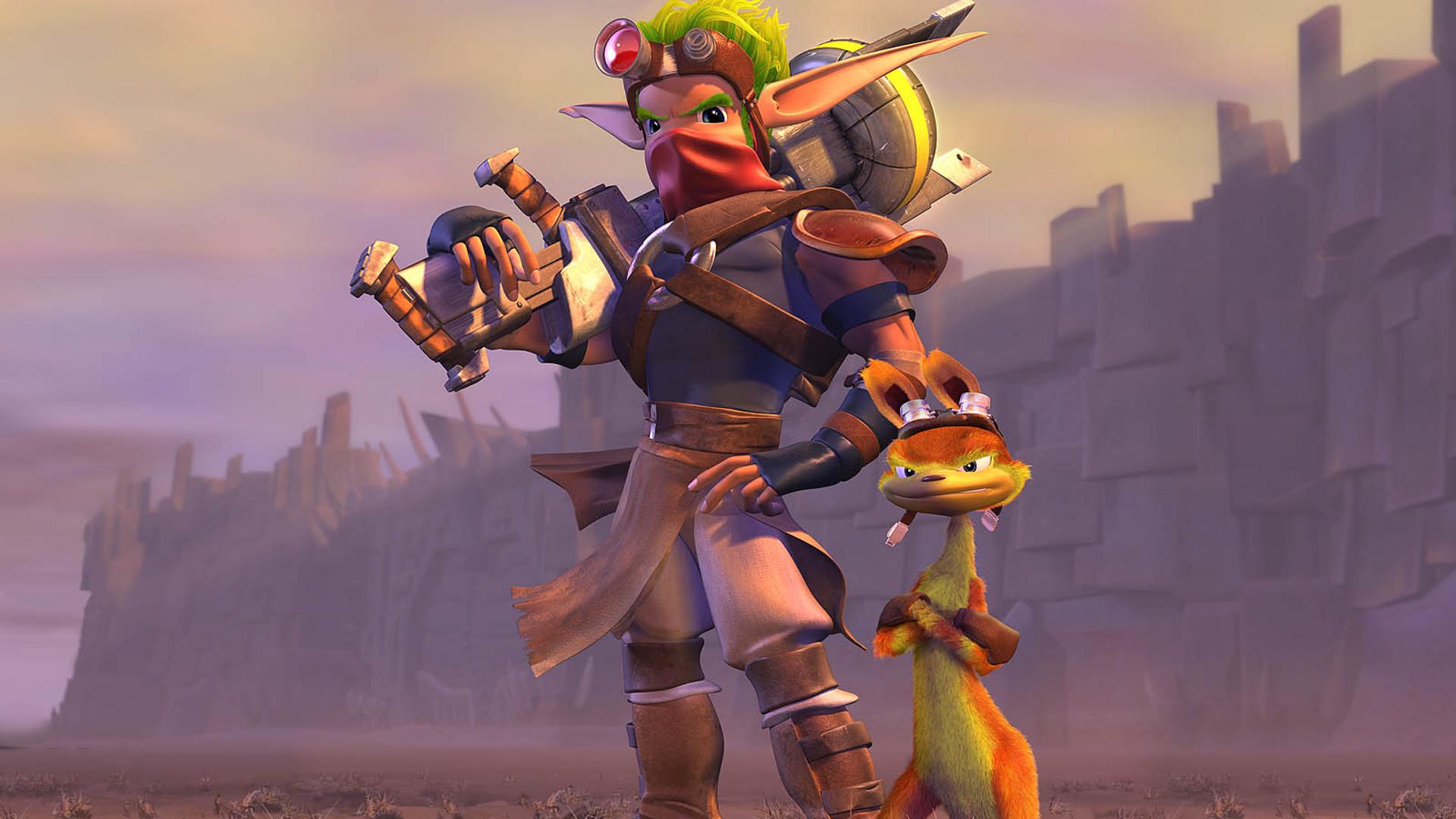
The combat of Jak and Daxter is by no means intricate, but the addition of the various types of Eco keeps the gameplay fresh and prevents combat from becoming too repetitive. Finally, Red Eco gives Jak’s melee attacks increased strength and range for taking on armored foes or large crowds of enemies. Yellow Eco lets Jak shoot fireballs from his hand as a ranged weapon against enemies and obstacles. Blue Eco speeds up Jak’s movement and lets him activate doors and switches that he couldn’t otherwise. Green Eco restores Jak’s health incrementally or immediately depending on how much the player finds. However, the presence of Eco in the game’s world gives the player access to several more abilities. Like most platformer characters, Jak can defeat enemies through simple punches and jumps. Jak and Daxter provides an array of abilities the player gets to use. The Oracles’ deep voice always freaked me out a little as a kid. In short, the game has no shortage of collectable items, which is ideal for gamers who enjoy reaching 100% completion. Besides power cells, there are also precursor orbs which can also be collected for buying power cells from NPC’s, and crates containing scout flies which will grant the player a power cell if all seven in that given level are collected. The game provides the player with a wide variety of tasks to complete so that the collecting never gets stale. Power cells are gathered through a variety of means, whether it be through exploring the world, completing a platforming challenge, or defeating a mini-boss. The general structure of Jak and Daxter focuses on the player collecting power cells which allow them to progress to the next major location in the game. I am a firm believer that a storyline does not have to be complex to be engaging, and this game is proof of that. This story is standard for the fantasy/adventure genre but it also harkens back to old-school games which didn’t have very complex storylines. Jak and Daxter then go on a journey to find the sage Gol who may hold the key to returning Daxter to his human form. A foolish trip by Jak and Daxter to the forbidden Misty Island causes Daxter to fall into Dark Eco, which transforms him into a large orange weasel called an “ottsel”. The story of Jak and Daxter is pretty simple but endearing. The ending presents the theme of giving up on your own goals for the sake of saving others. Positive Themes: Jak and Daxter have a strong brotherly dynamic that is the heart of the game’s story. Dark Eco is shown to be a corrupting force that transforms and twists characters who are exposed to it. Spiritual Content: Jak uses a mystical energy source called “Eco” to heal and to activate various abilities. Daxter makes several hilariously clumsy attempts to flirt with Keira despite being what amounts to a giant weasel.Īlcohol/Drug Use: A hillbilly carries a big jug of what can be assumed to be moonshine. Sexual Content: Keira wears a crop-top that shows midriff, and Maya wears a low-cut outfit. Language: Characters use “butt” and “crap” a couple of times.

When enemies are defeated, they disappear in a puff of smoke and leave behind green orbs that replenish Jak’s health. Violence: Jak defeats enemies with punching, kicking, and shooting fireballs from his hands. With all of the original Jak and Daxter games available on the PlayStation 4, I was eager to jump back into a nostalgic childhood game and see how well it holds up to modern scrutiny. However, the first Jak and Daxter game really resonated with me as a child because of its light-hearted fantasy setting and quippy characters. As a franchise, Jak and Daxter tends to be remembered for its gritty dystopian sequels. Much like Crash for the PlayStation 1, the original Jak and Daxter was an instant hit and the duo quickly rose to become icons of the PlayStation 2.

With the release of the PlayStation 2 in the year 2000, the first Jak and Daxter game was Naughty Dog’s attempt to innovate and create a new mascot character for the PlayStation 2. Crash Bandicoot quickly became not only an iconic mascot of the PlayStation 1, but also one of the most iconic characters in gaming.

Naughty Dog truly came to prominence in the late ’90s with the original Crash Bandicoot games released on the PlayStation 1. While Naughty Dog today is known for its gritty third-person shooters, the foundation of the company was built on action platformers in the vein of Mario and Sonic. When people hear “Naughty Dog”, their minds likely go first to The Last of Us and Uncharted franchises which have become some of the most memorable and talked about games of the PlayStation 3 and PlayStation 4.


 0 kommentar(er)
0 kommentar(er)
